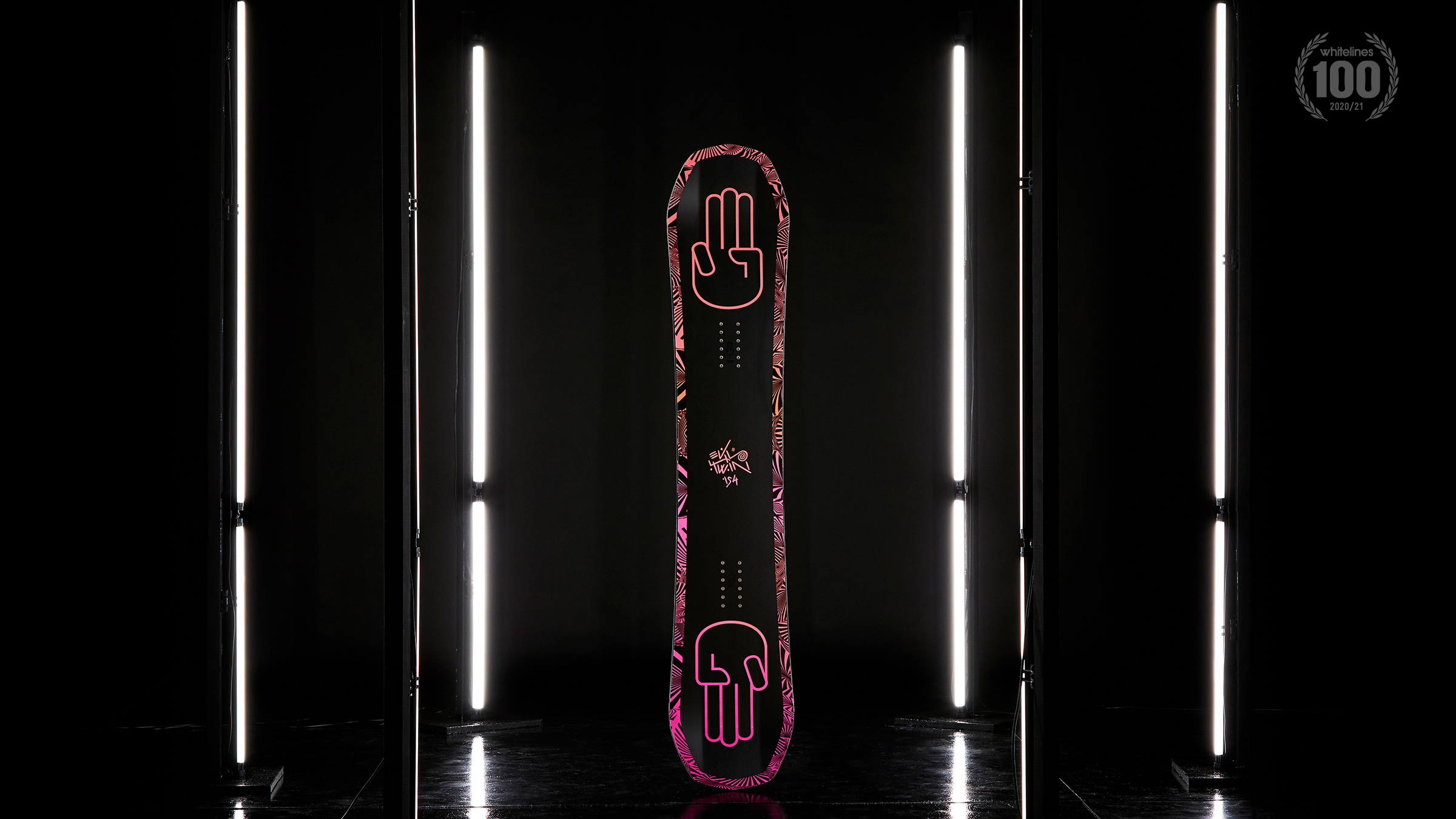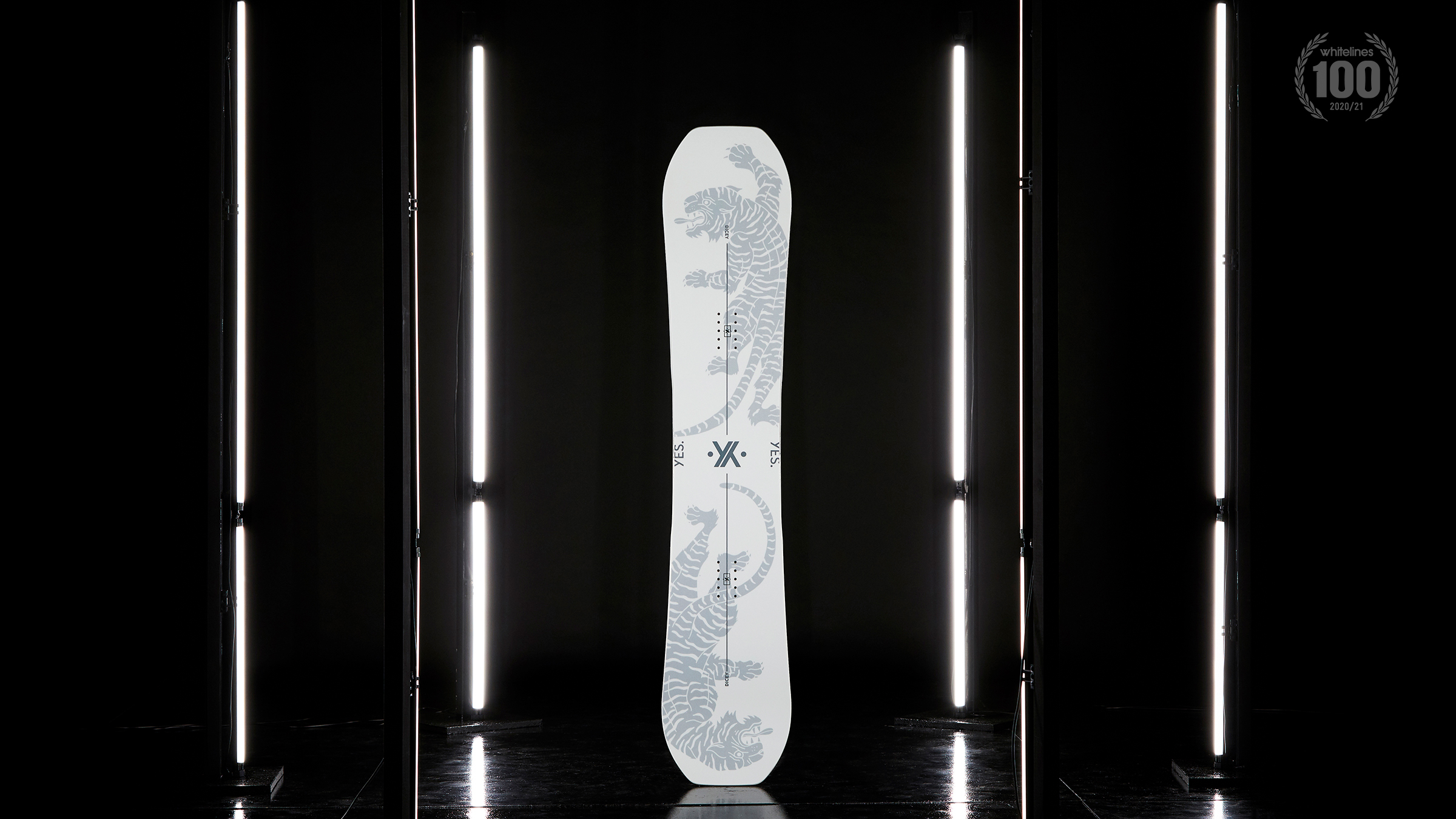The lines between park and all-mountain riding continue to blur, so it can be hard to pin down exactly what makes the best freestyle snowboard. Are you an honorary lifetime member of Laax’s P60 club? Are you the kind of rider who exclusively hits the jib line or street rails? Are you building kickers in the backcountry and gettings your spins on lock miles from the park ropes? Or are you mobbing every sidehit with your riding posse and growing your bag of flat land tricks on the greens and blues?
Ultimately, it doesn’t really matter. In almost every case, the ingredients that go into building the perfect freestyle deck are often very similar. But final tweaks and finishing touches all add a certain “je ne said quoi” to the snowboard, so there are a handful of key things consider before splurging your hard-earned cash.
“It can be hard to pin down exactly what makes the best freestyle snowboard”
What To Look For When Buying A Freestyle Snowboard
Shape
Backwards, forwards, frontside, backside, regular, hardways, right way up and upside down. Freestyle snowboarding, at its core, is about creativity. Snowboards in this category are almost exclusively true twin shapes, meaning the outline, stance, flex and profile is completely symmetrical if you cut it through the waist. They’re designed to be ridden in switch as easily as regular and feel completely balanced in the air.
Profile
We all know that nothing pops quite like a traditional camber profile, but those of us who’ve put in the hard yards of learning to ride on these boards will undoubtedly be aware of their Achilles heel(edge catches).
Most freestyle decks will strike a balance between sending the rider skywards when it’s time to pop and carving a line up the transition of a pipe wall or kicker, while still keeping the contact areas relatively forgiving and easy to press on.
There’s more than one way to shine a penny, though. Take your pick between camrock, flat and hybrid profiles, or check out some 3D profiles, like Bataleon’s Triple Base Technology.

Construction
This is where the field starts to really open up. Every snowboard below features a wood core. Some just opt for the ol’ reliable poplar wood, while others look to shave weight, increase pop or add durability by adding lighter, harder and snappier woods.
Then, come the various additives. A freestyle snowboard flex can sit anywhere between 1 and 10 on the flex scale and it really is a case of horses for courses so, whether you’re wanting a big booter booster or a buttery soft jib knife, make sure you do your research. Stiffening up the nose and tail can increase a boards pop, but reinforcing the centre of the snowboard instead keeps the ends more playful for pressing on.
Base
Not just a big factor in determining a board’s price, but also its speed, durability and ease of repairing. Extruded bases are the cheaper option and, although not as fast, will run well if you keep them waxed and are much easier to repair if you catch a loose screw on a box. Sintered bases run faster, and are pretty resistant to knocks and bumps, but amount to around a third of the cost of a snowboard.
“Whether you’re wanting a big booter booster or a buttery soft jib knife, make sure you do your research”
Remember, finding a good freestyle deck is only half (actually, a third) of the battle. You’ll want a well-fitting, comfortable and responsive set of boots and bindings to go with it. Not to mention some comfy threads to complete the look. As ever, a protective lid is a personal choice, but with so many affordable and freestyle specific helmets available this year, there’s really no excuse.
Best Freestyle Snowboards 2020-2021
- Rome Artifact – Best Men’s Freestyle Snowboard
- Ride Back Talk – Best Women’s Freestyle Snowboard
- Amplid Ticket Twin
- Bataleon Evil Twin
- Burton Kilroy 3D
- Burton Talent Scout (Women’s)
- Gnu RCC3
- Lobster Stomper
- Nidecker Sensor +
- Salomon No Drama (Women’s)
- Slash Happy Place (Unisex)
- YES. Dicey
- YES. Greats




























